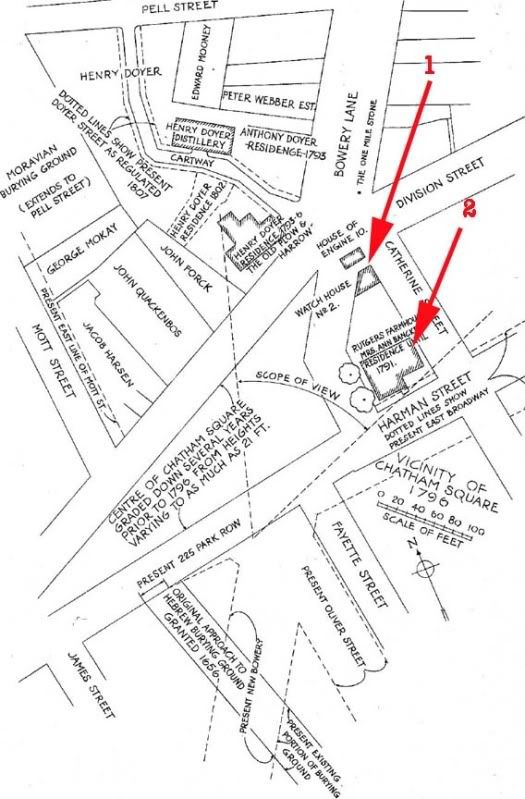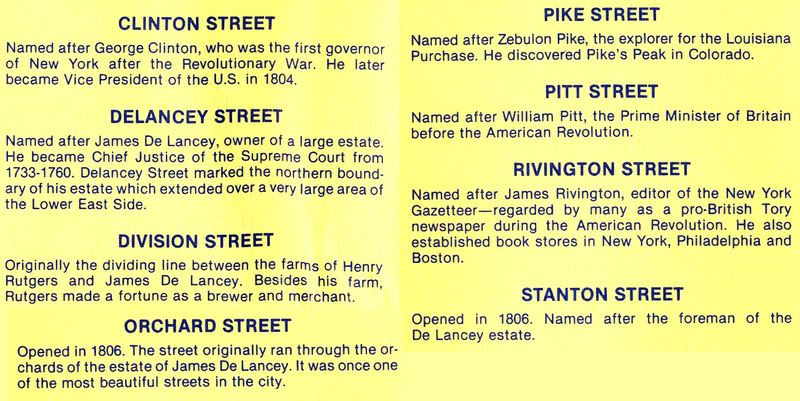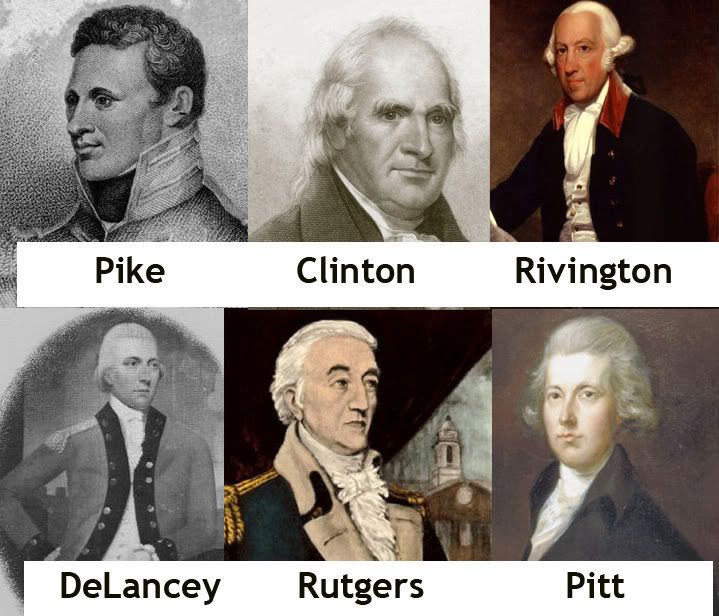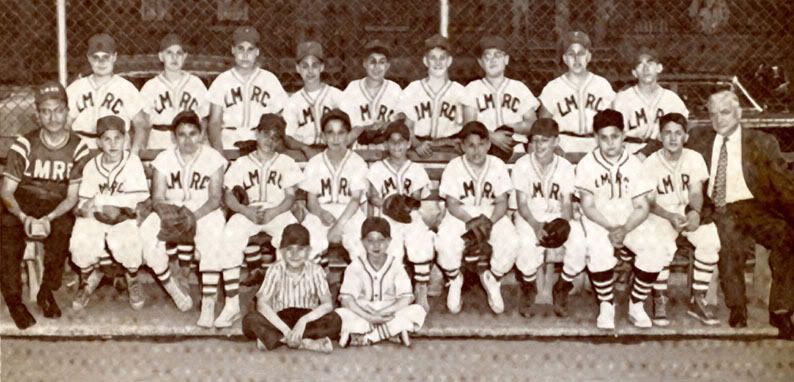Serious health problems and overcrowding in the Vandewater and Cliff street area.
the stars indicate where there was typhus and smallpox.
from old and old
Poor Charles Leupp, who died suddenly not long ago, belonged to the hide and leather merchants, whose sphere of action is called "The Swamp." Alluding upon one occasion to the great men from that locality—such as Jacob Lorillard, Abraham Bloodgood, Israel Corse, David Bryson, Gideon Lee, Peter McCartee, William Kumbel, Abraham Polhemus, Richard Cunningham, Hugh McCormick, Shepherd Knapp, Thomas Everett, Jonathan Thorne, the Brookses, James, George and Thomas, Peter Bonnett, Henry Orttery, Daniel Tooker, and other lights—the lamented Charles (who was also a great leather merchant, and had been at one time a partner and son-in-law, of Gideon Lee and Shepherd Knapp) said:
"The Roman mother, Cornelia, when asked to display her jewels, pointed to her sons. So can we, to these (leather and hide) fathers, and claim them as ours. Let us cherish their example, and emulate their noble qualities, so that hereafter our successors may, in like manner, be not ashamed of any of us, but exclaim :
"He, too, was a Swamper !"
That Swamp is a wonderful place. I can remember it well, when it was all a lot of tan vats. I have seen some of those great names above alluded to. They were great in their day and generation. But long before their time tanneries existed in the "Swamp."
A couple of hundred years ago, when people talked Dutch in the small town, they called that part of the town "Greppel Bosch," which means in English a "swamp or marsh covered with wood." The trees were cut down long ago, but the name "Swamp" is retained to this day.
The land adjoining the Swamp, extending to Pearl and Rose, including what is now called Vandewater Street, belonged in 1683 to Balthazar Bayard. A part of it afterwards in 1783—a hundred years later—was sold to the widow of Hendrick Vandewater, after whom that street was named.
I cannot tell how early the tan-yards were commenced there, but in 1744, Van Hook, Anthony & Stevens, and Becine & Rips, all had tan-yards in the "Swamp."
Jacob Street and Skinner Street existed at the time, and the other boundaries of the "Swamp" were Gold, Frankfort, Ferry, and Queen (Pearl). Frankfort only came to Skinner Street (one part changed to Cliff and the other part to Hague Street). Flack Street ran from Skinner to Queen (now Pearl). Flack is now changed to Frankfort Street.
Jacob Street was named after Gov. Jacob Leisler, whose farm or estate adjoined the "Swamp," and extended as far as Chatham Street, half way from Frankfort to Pearl, on that line. It was confiscated in 1691, upon conviction of his attainder, and afterwards re-stored to him by the act of parliament, reversing his attainder. Poor Jacob was hung and buried in his own garden. The grave was about fifty feet from Chatham, near the spot where French's Hotel now stands. No houses stood nearer than Beekman Street to the spot as late as 1732. About that time his body was dug up and removed to the Dutch Reformed church burying ground in Garden (Exchange Street), where Dr. Mathews, who still lives, preached so many years (1863).
These streets were all in the "Montgomerie Ward" in 1744.
Within the recollection of many of our readers, the space bounded by Jacob, Gold, Ferry and Frankfort streets was nothing but tan-yards or vats. There were no houses. The houses on the opposite sides to the vat square were small buildings. There was not a three-story house in that vicinity. How changed now!
Among other great men of the Swamp, was Jacob Lorillard, tanner, currier and hide dealer. He died about twenty-two years ago, a man about sixty-eight or seventy years old. He had brothers who were in the tobacco business in Chatham Street, and their sons are still so. I believe there were three brothers in the tobacco business—George, Peter, and another whose name I forget. I have a faint recollection that Peter was wounded in Chatham Street, near the Hall of Records. The old debtor's jail stood there, and one night the prisoners tried to make their escape. Peter Lorillard came over from the tobacco store to assist in securing them, and was shot.






























